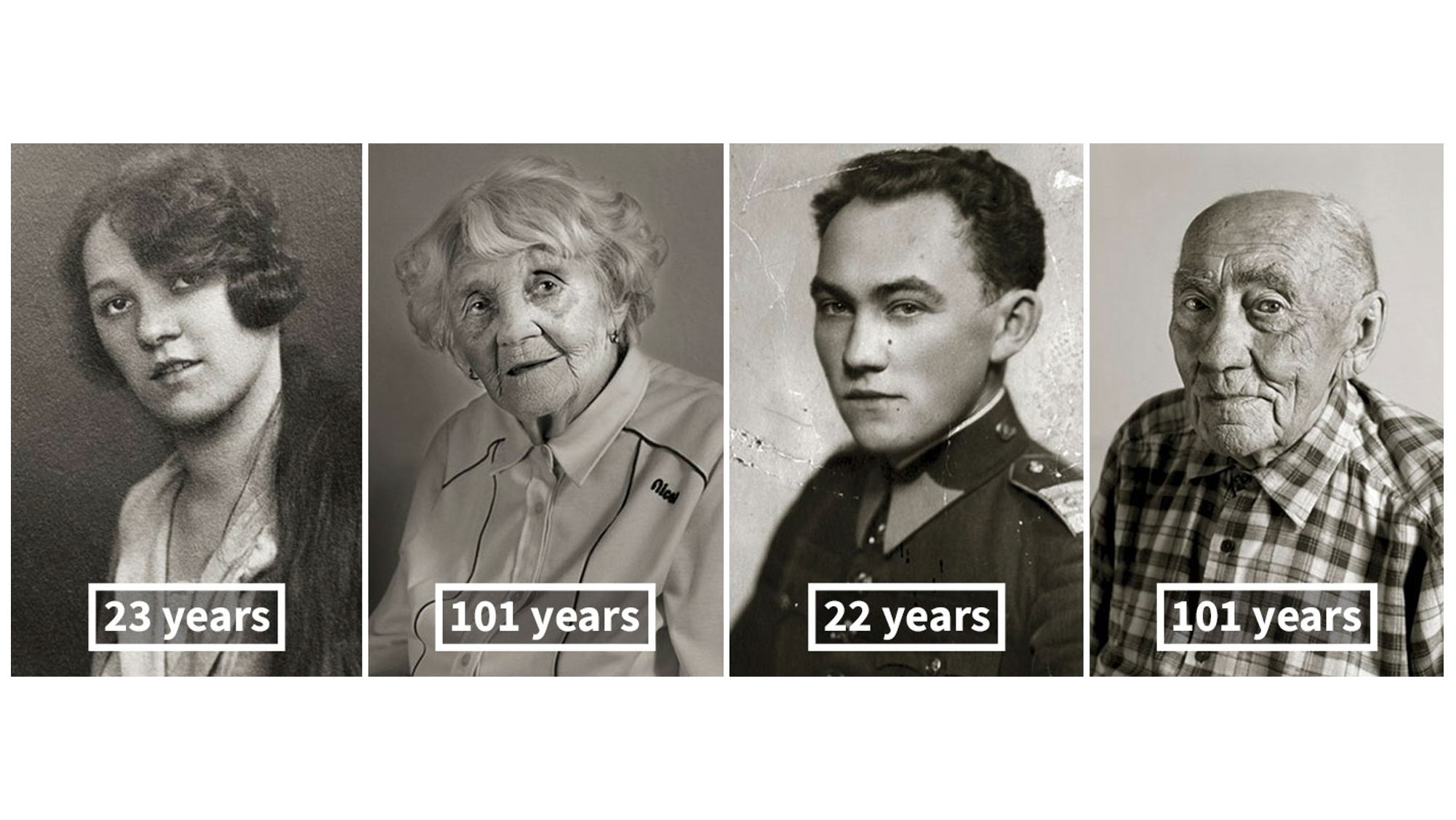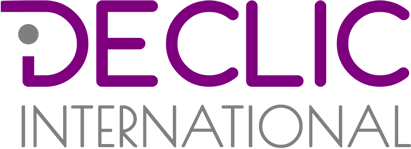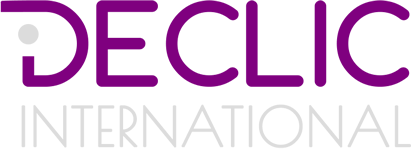12 habits to manage successfully multiple generations (Part 3 of 3)

This is the third and final part of a three-part blog series that explores generational inclusion: key concepts, myths, trends, facts, barriers and enablers. I’m focusing on what you need to know and to do as a leader to build bridges, rather than walls, between people and create an inclusive culture where people of all ages can succeed.
The leadership habits described below follow the Inclusive Leadership Propeller Model©. This model empowers business leaders and managers to navigate human differences smoothly, by consistently applying three skills: fairness, empathy, and proactivity. More information about it in my book “Succeed as an inclusive leader –Winning leadership habits in a diverse world.”
Fairness – Are you being fair?
1- Identify and challenge generational biases
Respond when you think or hear things like “He’s too old to do this…” or “She’s too young to do that…” Challenge common associations such as Young and dynamic, or common negative remarks such as Young people are so disrespectful nowadays. Encourage people to move beyond generalisations and consider the individual. Generational stereotyping can be as harmful as gender or racial stereotyping, or any other type of stereotyping.
2- Develop the skills of all employees, irrespective of age
In this changing world, everybody needs to constantly learn new skills. Favour job rotation for all. Encourage older team members to go on training, even if they don’t volunteer. Acknowledge gaps in digital skills and offer training or coaching for those who need it, whatever age they are. Make sure the training you’re offering uses different channels (virtual, face-to-face) so that it appeals to people with different learning preferences.
3- Look at history and data per age
Do you tend to hire, promote, train or positively evaluate people from a certain age? Are you engaging and retaining people of different ages? Look at data regularly, once a year at least. This will help you identify biases you might be unaware of. On one occasion I was presenting the results of an inclusion and diversity assessment to a leadership team in Sweden, and they couldn’t believe their eyes when I showed them that performance rates were consistently lower for older employees, with no reason.
Empathy – Are you treating others as they’d like to be treated?
4- Ask your team members what their career aspirations are, and support them accordingly
Don’t assume that older people gave up progressing and want to become tutors, or that younger people want to get a promotion as quickly as possible. Find out which changes people are looking for and, together, explore possibilities vertically and horizontally.
5- Flex your way to give feedback
Find out: what are people’s favourite way to receive feedback and how often? Some people might need more frequent feedback while their work is still in progress; others might be happier with less monitoring.
6- Use a variety of communication styles
Ask people which communication channels (phone, text, email, social media, etc.) and frequency they prefer and adapt your communication style where possible.
7- Improve the workplace ergonomics
If you’re managing people with physically demanding jobs, improving the workplace ergonomics for everyone will help you keep people on board as they grow old.
7- Support work-life integration
We’ve seen that at different career stages, people want more flexibility for different reasons. Read the chapter on work-life integration to find out how to improve work-life integration.
Proactivity – Are you accelerating positive change?
8- Build multi-generational teams
When putting together a working group, mingle people from different generations if possible. When hiring, ask yourself, Is there any generational gap in my team? Post job ads using traditional media, as well as new channels, so that you can attract a variety of profiles. And place sufficient value on the experience and knowledge people gain, as well as on formal qualifications, so that you don’t overlook older candidates.
9- Promote cross-generational reverse mentoring
Pair employees from different generations to learn from each other. This can be particularly useful during onboarding, but not only. Reverse mentoring helps younger employees to acquire the social skills to navigate the workplace and employees who need to develop their digital skills to progress.
10- Raise your team’s awareness about the impact of the digital revolution on behaviours
This is a powerful way to increase collaboration across generations. It can be eye-opening to digital immigrants to understand why digital natives tend to have a different way to relate to authority (in a non-hierarchical way, given the democratic nature of internet where everybody has a voice), to expect feedback (frequently, even if the work is still in progress), and to communicate (intense use of text and social media). Avoid presentations that caricature generational characteristics stating that “The baby-boomers are loyal; the Gen x are ambitious; the millennials are entitled” and so on. They’re not useful and can be harmful.
11- Organise multigenerational social events
Having fun together is a great way to get to know each other at the individual level and overcome generational barriers. This can be particularly useful in your team if there are age groups that don’t interact or generational tensions. You’ll also make people at the beginning of their careers happier, as they tend to be looking for more fun in the workplace.
PS: this article’s cover image is taken from the project Faces of Century by the Czech photographer Jan Langer.
***
Thanks for taking the time to read this post. Let me know what you think about it in the comments below!
This is an excerpt from one of the chapters of my book “Succeed as an inclusive leader – Winning leadership habits in a diverse world”. To get my articles and updates directly in your inbox, sign up for my newsletter.
Register for the next Inclusive Leadership Mastery Course, the most relevant, practical and up-to-date train-the-trainers-training on inclusive leadership. Click HERE to find out more about it.
Looking for new ways to accelerate progress towards inclusion? Visit Déclic International and find out about our innovative speaking, training and consulting solutions.
ABOUT THE AUTHOR
THAIS COMPOINT is a top global specialist in inclusive leadership. Her achievements have been acknowledged with 14 awards world-wide, including the prestigious “2018 Top Global Diversity and Inclusion Leader Award”. She’s a speaker, author, facilitator, and consultant with over 18 years of experience. Thais spoke at three TEDx events, is the author of “Succeed as an inclusive leader”, the creator of the Inclusive Leadership Global Conference, and the host of the YouTube show and podcast “The Inclusiveship Show”. Thais is also the founder and CEO of Déclic International, a global boutique consultancy that she founded after leading the inclusion & diversity strategies of three Fortune 500 companies: Vinci, Coca-Cola Enterprises and Cisco.



